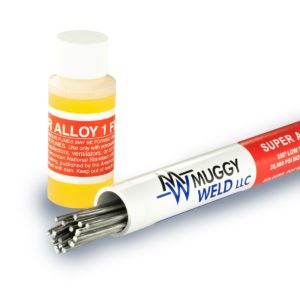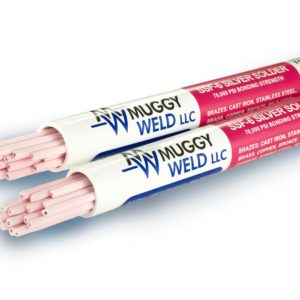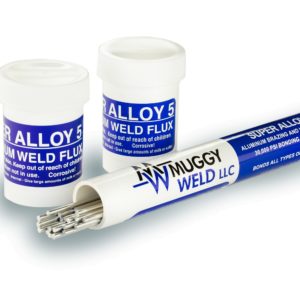How to Braze Steel Tubing with SSF-6 Silver Solder
Steel is a versatile metal manufactured in one of two ways: hot rolled steel and cold rolled steel.
Hot rolled steel can be identified by its grayish-black coating–indicative of the iron oxide protective layer. It is resistant to rusting, and can be used for tanks, tubing, drainage, irrigation lines, billboards, culvert, water lines, fabrication, fence posts, slurry lines, piping, gas lines, air lines, and more. Cold rolled steel is smooth and bright, and is used in the manufacture of items such as screws and nails.
At 56% silver, SSF-6 Silver Solder is ideal for brazing all types of steel. This video gives step by step instructions for joining 1 inch steel tubing to 3/4 inch steel tubing with an oxyacetylene torch. The same brazing technique/procedure could also be performed with propane, MAPP, oxy-MAPP, or acetylene.
Be sure the steel is clean prior to starting the brazing process. We recommend using a Dremel tool, wire wheel, or similar tool for this task.
Broadly heat the parent metal with your torch to bring the work area to a proper working temperature. The base metal will change color as it heats, so watch for the color change before adding flux to the work area.
Paint the flux in place around the entire circumference of the tubing, continuing to move the torch to avoid overheating the base metal.
When the steel begins to turn a dull red, it’s time to add the silver solder rod. Use the torch to push and pull the molten solder around the tubing, filling the gap completely.
Use a wire brush and warm water to remove any residual flux, and a wire wheel to polish and finish the repair.
Note: Please observe all AWS Safety & Health Guidelines when using Muggy Weld products.



